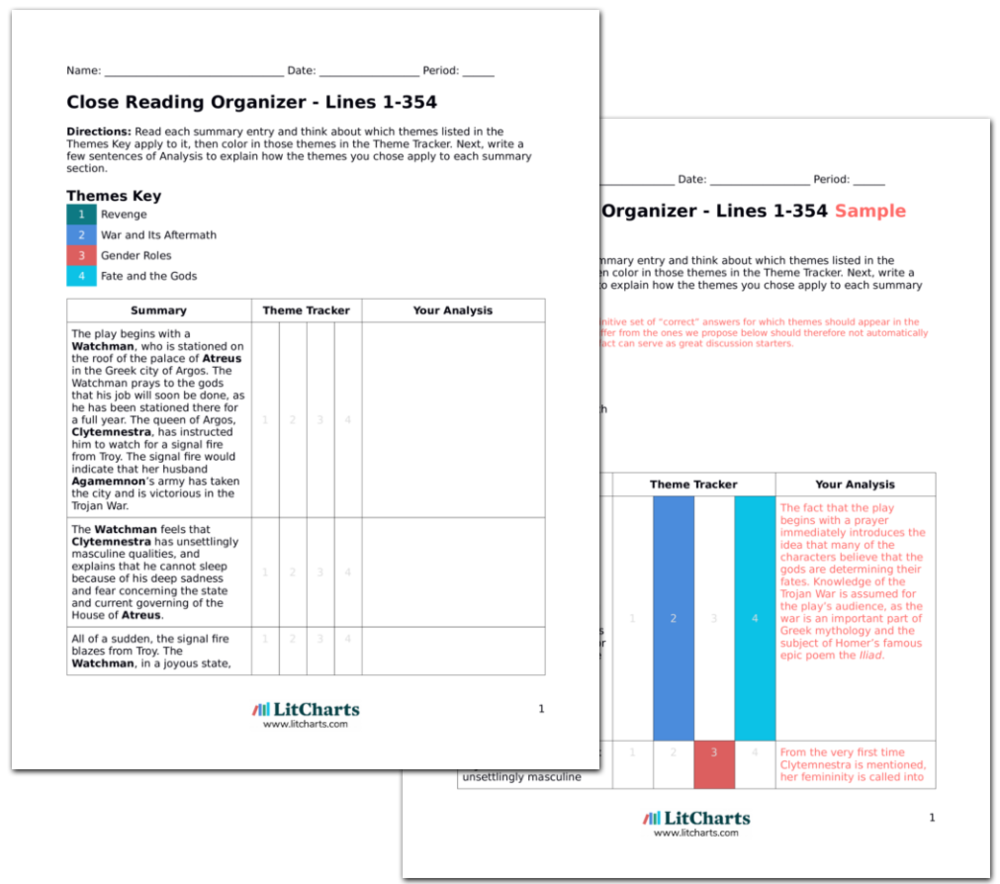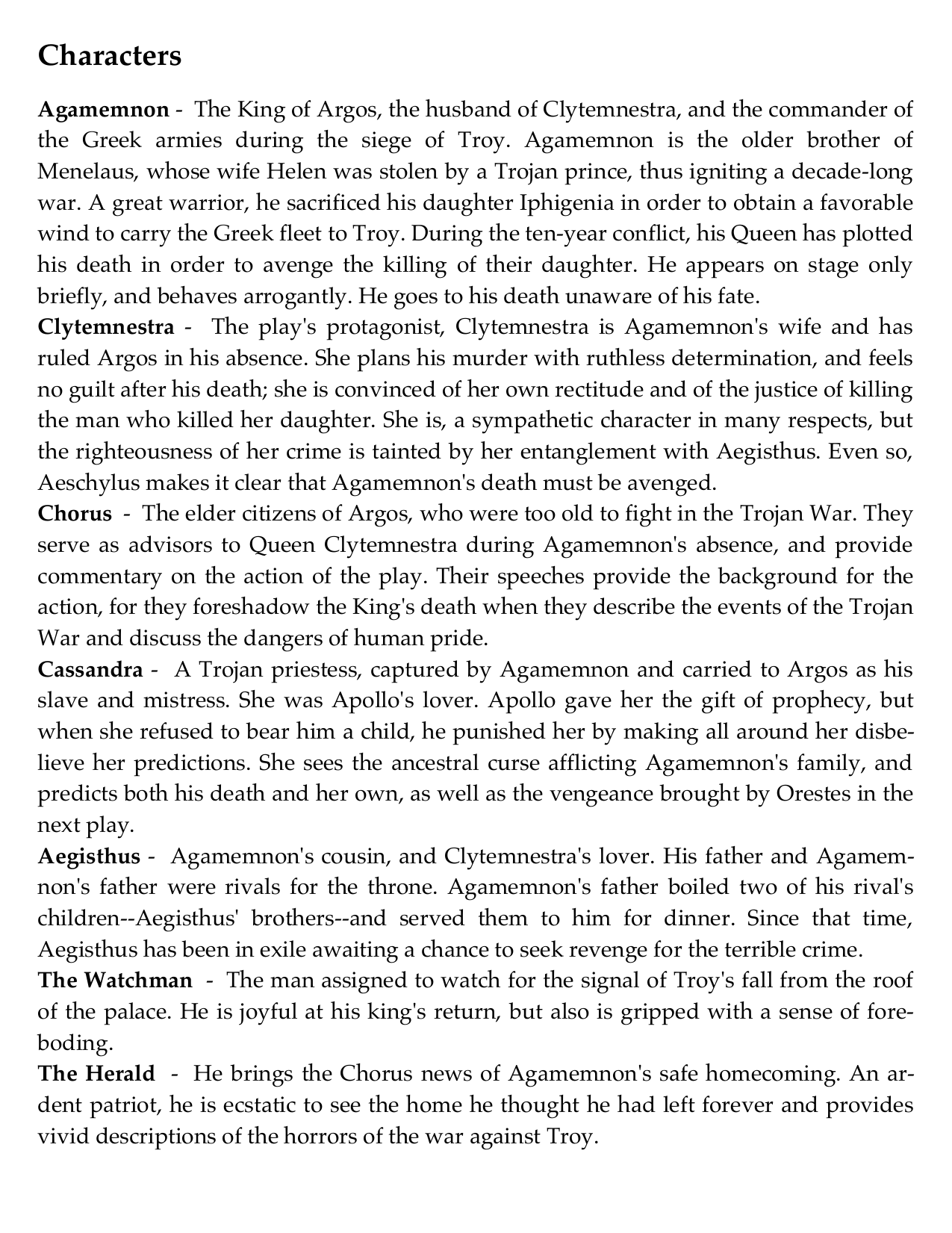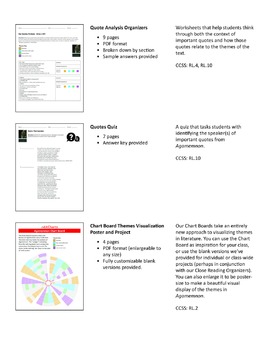Agamemnon is a tragic play written by the ancient Greek playwright Aeschylus. It is the first play in a trilogy known as the Oresteia, which explores the themes of justice, revenge, and the cycle of violence.
In the play, Agamemnon is the king of Argos and the leader of the Greek forces in the Trojan War. He has just returned home after a ten-year absence, during which time he has been fighting in the war and has been away from his wife, Clytemnestra.
Upon his return, Clytemnestra greets him with open arms and a warm welcome, but it quickly becomes clear that she has been plotting against him. She has been having an affair with another man, Aegisthus, and together they have planned to kill Agamemnon in revenge for his own actions during the war.
One of the most notable things about Agamemnon is the character of Clytemnestra. In ancient Greek plays, female characters were often portrayed as scheming and manipulative, and Clytemnestra is no exception. However, Aeschylus gives her a depth and complexity that is unusual for a female character in an ancient Greek play.
While Clytemnestra's actions are driven by her desire for revenge, she is also motivated by a sense of justice. Agamemnon has sacrificed their daughter, Iphigenia, as an offering to the gods in order to gain favorable winds for the Trojan War, and Clytemnestra sees his actions as an unforgivable betrayal. In her mind, killing Agamemnon is not just an act of revenge, but also a way of seeking justice for their daughter's death.
Another key theme in Agamemnon is the idea of the cycle of violence. Throughout the play, characters are driven by their desire for revenge, and this leads to a cycle of violence that ultimately destroys the family. Agamemnon's murder sets off a chain of events that will eventually lead to the deaths of Clytemnestra and Aegisthus, and the eventual rise of Agamemnon's son, Orestes, to seek revenge for his father's death.
In conclusion, Agamemnon is a complex and thought-provoking play that explores themes of justice, revenge, and the cycle of violence. Aeschylus's portrayal of Clytemnestra as a complex and multifaceted character adds depth and nuance to the play, and the themes of the play continue to resonate with audiences today.







